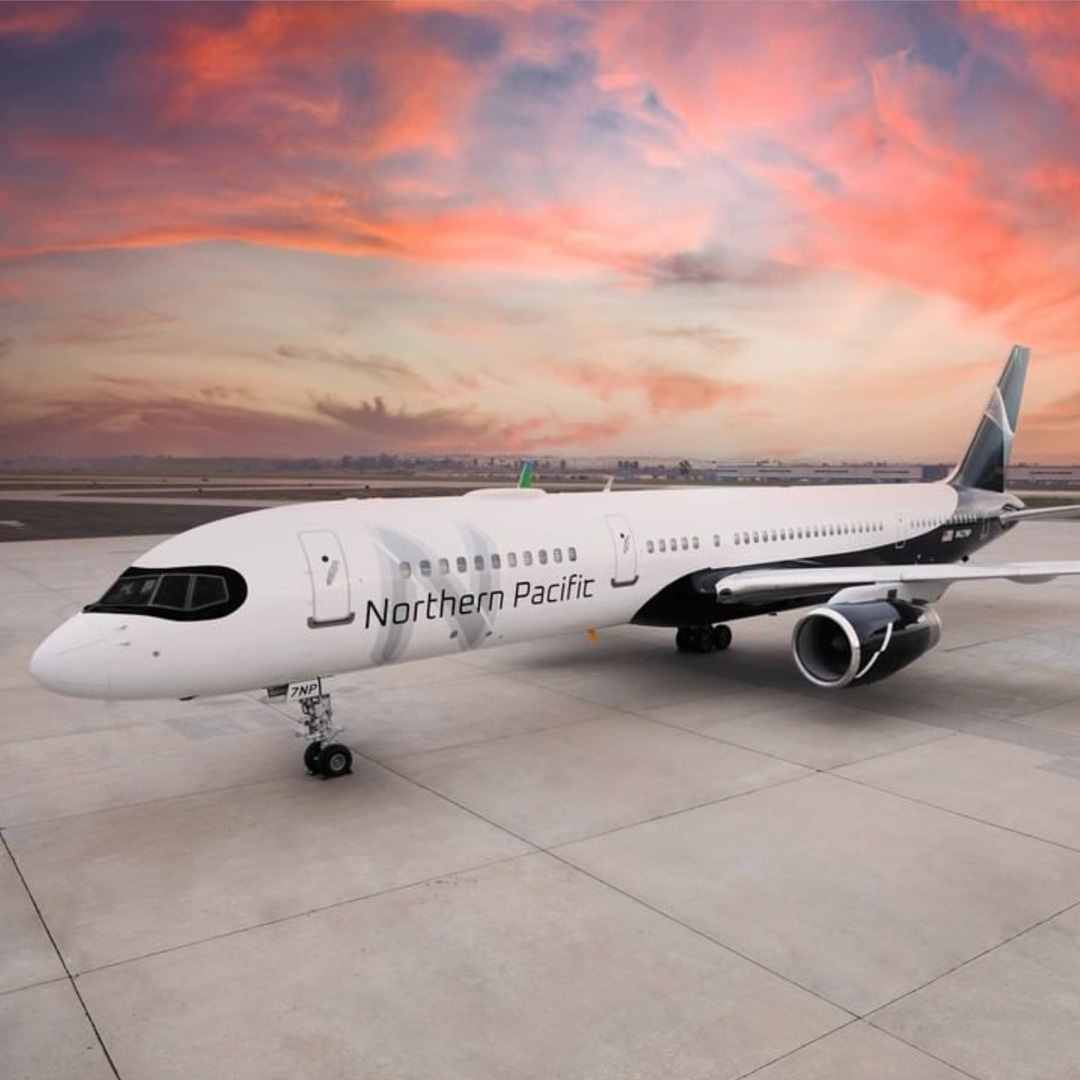W
here does a great brand find its strength? Most great brands are built over time. Through consistency. And repetition.
Sony. Harley Davidson. Levis. Xerox.
These are great brands that were built this way, over time, through consistency and repetition. Repeatedly explaining to consumers what they stand for and why they are of value is the only way brands like these can succeed. Their brand names mean little on their own. Meaning must be provided and repeated consistently over time. After all, what does Xerox literally mean? Or Sony for that matter?
Harley Davidson and Levis are just some guys’ names. But thanks to brand building, everyone in the world knows they stand for motorcycles and blue jeans.
It takes hard work and a lot of time to turn brands like these into “household names”. But some brands grow faster than others and with less effort. For some fast-growing brands, it’s simply because their brand name seems easier to understand.
Door Dash. PayPal. TurboTax. Planet Fitness. AutoZone.
These are examples of successful brands with names that suggest what they do and what benefit they provide. Quick food delivery. Friendly payments. Fast tax returns. A great place to work out. A store for everything your car needs.
But there’s a third category. These particular brands grow faster than others with less effort because they just seem easier to trust.
Progressive. Federal Express. Manhattan Design. Northern Pacific.
Brands like these landed on brand names that literally sound like a trustable brand.
“Progressive” has their brand promise right in their name. Transparency is a winning strategy for generating trust.
“Federal Express” sounds very official and government-like which is important when you are competing with the United States Postal Service.
“Manhattan Design” created MTV’s famous logo in 1981. At the time, Manhattan Design was just a small Greenwich Village design studio.
“Although this design studio had a very established-sounding name, it was kind of a joke,’” says Frank Olinsky, one of the three founding designers of Manhattan Design.
“[We] were just starting out and chose the name to fool potential clients into thinking [we] had been around for a while.” They didn’t have much experience or money, but they sure made up for it with “spirit and creativity,” he adds.

And what about “Northern Pacific”? If you don’t already know, they are a fledgling airline based in Anchorage, Alaska with plans to offer air travel between the US and East Asia. Even though they haven’t yet made their maiden voyage, Northern Pacific Airways ranked 5th behind American Airlines, United Airlines, Delta Airlines and Korean Air in a recent survey conducted by Positive Brand that asked experienced, international travelers to rank airlines in order of preference for comfortable travel between the US and East Asia.
Keep in mind that Northern Pacific has never had a scheduled flight anywhere before. But it ranked ahead of Hawaiian Airlines, Air Canada, Alaska Airlines and Japan Airlines. Why? Because Northern Pacific Airways sounds familiar. It sounds like it’s been around for a long time. It sounds like it’s legit. Trustable.
So, what’s in a name? If your brand name doesn’t obviously tell your brand story like PayPal or represent its brand promise like Progressive, then you’ll need to double down on repetition and consistency to tell your brand story over time.
And if you happen to be in that early stage or you’re considering a name change, take a page from Northern Pacific’s playbook and give your brand a name that comes with trust built in.
Helping brands tell their brand story and make meaningful connections with the customers they serve is what we do here at Positive Brand. Whether you’re trying to build a storied brand that’s been around forever or you’re attempting to launch a new unknown, we’re here to help. Let’s talk.